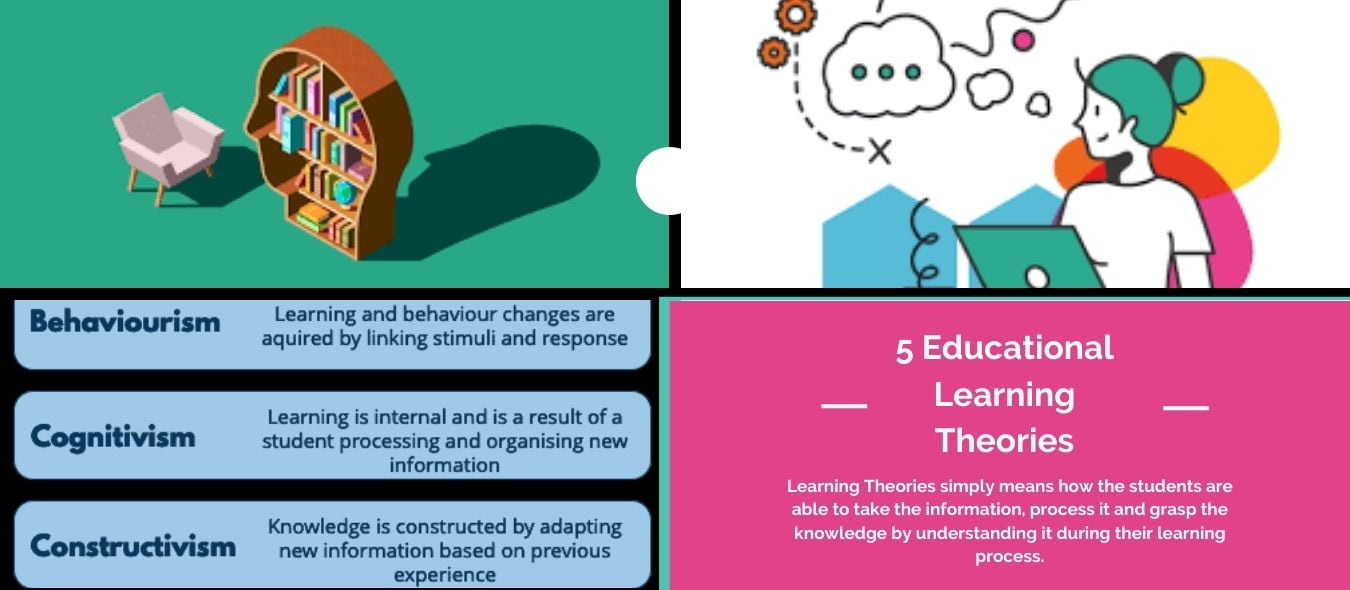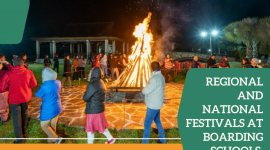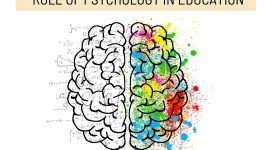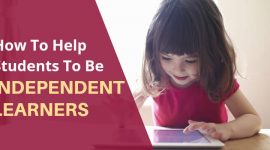Learning Theories simply means how the students are able to take the information, process it and grasp the knowledge by understanding it during their learning process. Students depend on the teacher for their learning so a little change in learning theories can make a huge impact on students learning process as every student is different and one way of teaching won’t help each student so in order to provide a better learning atmosphere teacher should use different learning theories like Cognitive, Behaviourism, and etc it will help them connect better with students and students are able to understand information and this will leads to improvement in the performance of students. Teachers of schools in Dehradun use learning theories in the classroom which will improve the learning process of students. Different type of learning will help develop critical thinking, problem-solving skills in the students which will help them become successful in life.
Here are 5 different Learning Theories which Teacher should be using in Classroom
5 Different Learning theories
- Cognitive Learning – This type of learning focuses on the thinking of students and how the students use their thinking in order to solve the problem as cognitive learning works on the principle of using old knowledge to create new knowledge. This type of learning helps students build problem-solving skills and critical thinking. For instance, in a coding class, the teacher gives the students a problem and ask students to solve it using their previous learning. These students start thinking critically and start using old information to create a new way to solve the problems by using their thinking.
- Connective Learning – Out of all the learning Theories Connective learning is supposedly a new learning theory, in this theory, it is believed that Students learn and develop when they form connections. This can be associations with one another or associations with their jobs and commitments. It is also believed that when students connect with the information in a better way they will be more likely to retain knowledge. This type of Learning came to light after the advancement of technology so now Teachers can use Digital tools like videos, infographic, audio, and etc which will help them teach students in a way where students can easily connect with the information and able to process it and this will leads to a better understanding of information which will help students gain valuable knowledge.
- Behaviourism – This is probably the old learning theory that believes that the learner is passive which can be mould positively or negatively by the feedback. As it is believed that learners will be more likely to repeat if they get positive remarks from the teachers while on the other hand if they get negative remarks they will not repeat that again. Feedback’s have an immediate effect on learner behaviour. Teachers can use this learning theory in their classroom and if students are doing the task correctly the teacher can applaud them by giving verbal feedback and when students are doing their task incorrectly teachers can just let them know by giving feedback and help them to perform the task correctly.
- Humanism – This theory believes suggests to have a more Humanity approach in learning and teacher should work as a facilitator and establish an atmosphere in the classroom where students are comfortable with sharing a new idea, make mistake, learn from their mistake this learning is quite different from our traditional learning which is more focused on grades, humanism learning have a holistic approach while measuring the performance of students where teachers measure emotion, knowledge, moral understanding as an important result of the learning experience.
- Constructivism – This learning theory is more like cognitive learning as in this students take their previous knowledge and use that knowledge to build new knowledge and in this teachers just act as a guide and give the students freedom to solve the problem using their own process and method. This will enhance their ability to think critically. The teacher should create an atmosphere where students are encouraged to use their own knowledge to solve the problem. Few activities which a teacher can perform in class like they can pair two students and ask them to teach each other or to give a problem-solving project and lastly teacher can ask students to create their own questions and seek an answer by researching on it.









